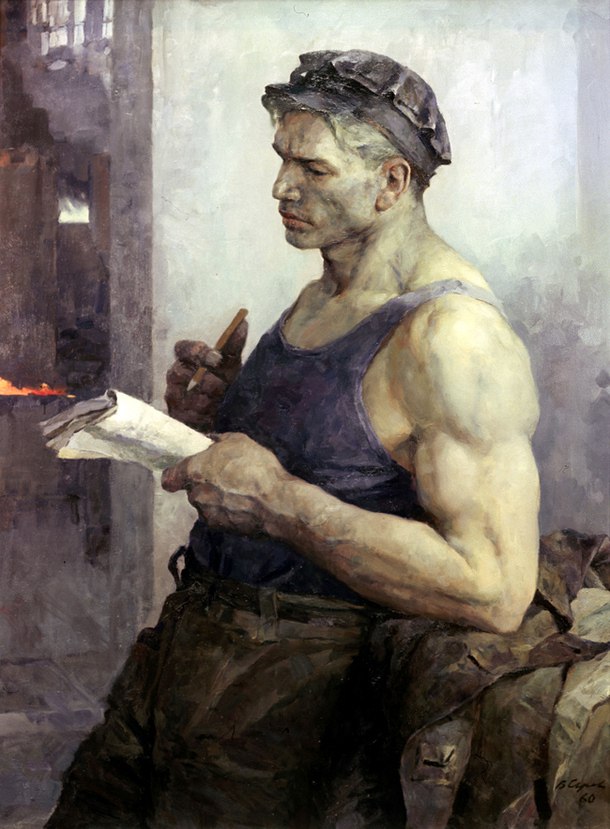- cross-posted to:
- memes@lemmy.ml
- cross-posted to:
- memes@lemmy.ml
Even if you have some minor investment in the stock market, you might still be working class…
“Investment” is millions of dollars. Your paltry 500 hundred dollars in stock isn’t even a rounding error.
Thank you, that’s what I wanted to say. OP’s post doesn’t make this explicitly clear.
Tying retirement to the stock market is insidious class warfare
It really is. This, plus the creation of a large homeowner class, is the most effective thing America has ever done against socialism in the US. Absolutely destroyed class solidarity by fabricating a new “middle class” that somehow everyone is part of. Tying the majority of the population’s life to the imaginary line will make a lot of people fight and die to protect line go up.
agreed, I’d phrase it as if your labour is the primary means of paying your bills
Under the “low-middle-upper” class paradigm, i have yet to meet a person that calls themselves low/upper class. Everyone thinks they’re middle class because there is always someone richer/poorer. These terms fog the real class dynamics.
People get too fixated on the class definitions and delineations. They’re a reduction that’s useful for explaining to baby leftists, but developing a more comprehensive understanding of class analysis is essential.
What are a person’s material interests? Do those material interests influence them to be revolutionary or reactionary? Understanding a person’s material interests, we can determine how to engage with them and how much effort to expend on them.
Attempting to define strict arbitrary lines between classes misses the point. The real world is complex: there’s financial bourgeoisie, industrial bourgeoisie, international and national bourgeoisie, precarious petty bourgeoisie; there’s comfortable labor aristocrats, there’s educated people in managerial positions and academia, there’s people working trades, there’s people working in the service industry, there’s enslaved workers. Of these many may have investments or retirements or social demographic experiences that further influence their material interests. There’s people who own apartment complexes, people who own their home outright, people who have a mortgage, people who are entirely subjected to rent. A working renter/homeowner who sublets a room has a distinct material interest both from their tenant as well as large landlords.
The point is, these are all unique experiences. We don’t group them arbitrarily, we do so in an attempt to unify people (in the real world with action, not just in concept) along common interests. The way certain subclasses move is not deterministic, all sorts of cultural and political and environmental and military and economic variables can push them one way or another.
Furthermore, the creation of class traitors, people working against their primary material interests, is incredibly important. No revolution has happened without class traitors, or people acting on moral grounds rather than materially self-interested ones.
While there’s obviously a lot of nuance past the basic class definition. I do think that it’s an incredibly useful starting point for any analysis. Looking at whether a person’s primary source of income comes from their labour or from capital they own helps understand where their interests lie. I completely agree that one should not use reductive analysis here, but it’s a good starting point, and it’s the basis for class contradictions within the capitalist society.





